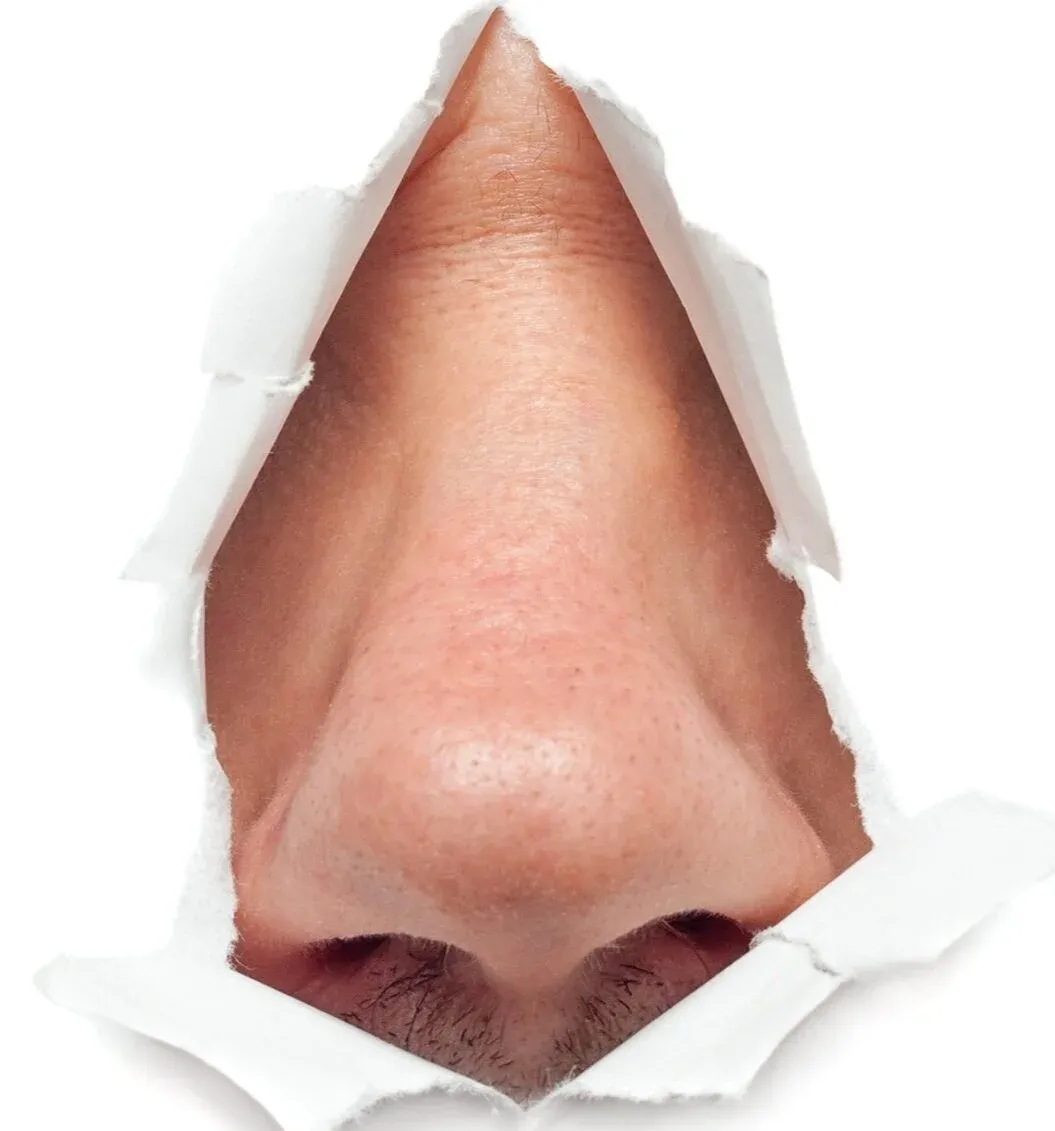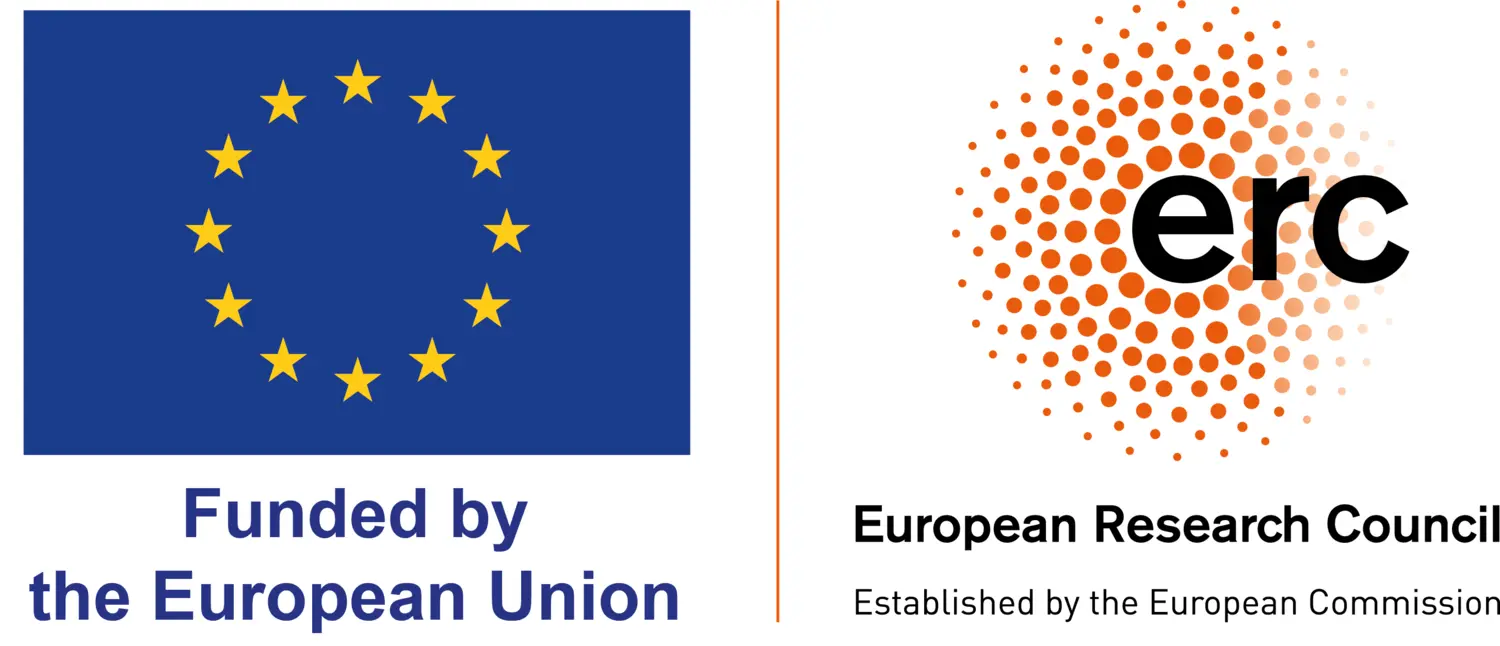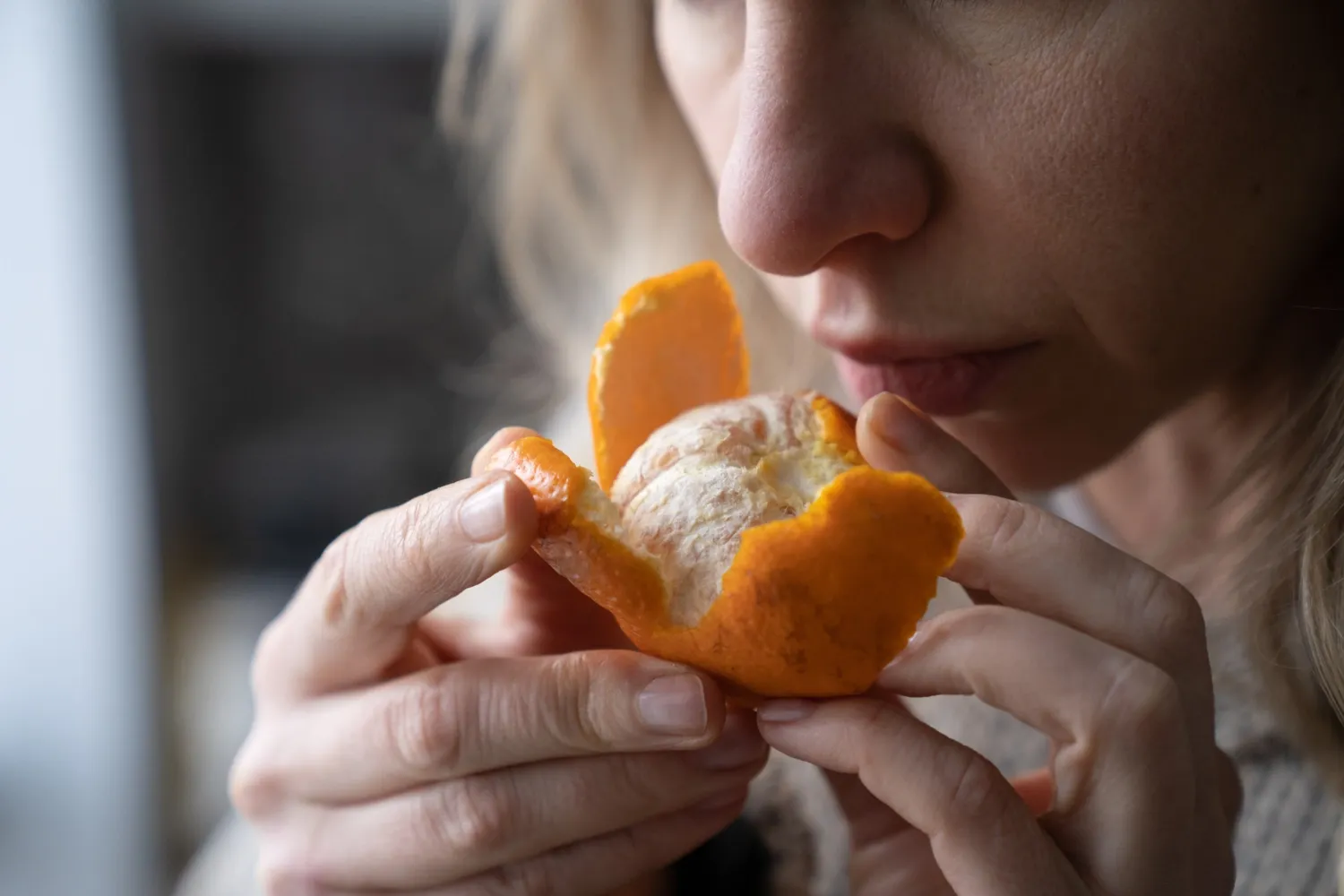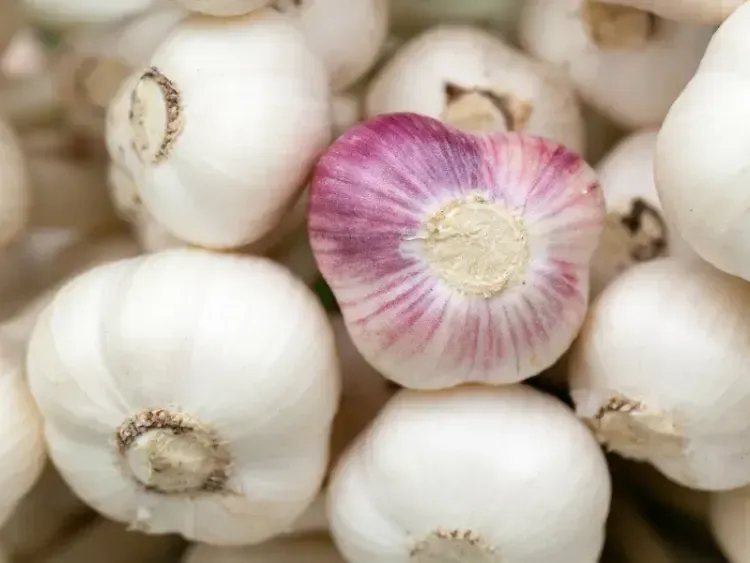Olfactus 2025 Karolinska Institutet
Welcome to Olfactus 2025
 Photo: alexvav
Photo: alexvavOlfactus 2025
Registration is now closed — thank you for your interest!
This year Olfactus will be hosted by the chemosensory perception groups at Karolinska Institutet on the 14th of November. Olfactus is a one day conference that intends to boost knowledge and networking in the human chemosensory research field. It is mainly focused on lifting juniors, therefore the presentations (10-12 min talk + questions, max 15 min total) will mainly be given by PhD students and post-docs. Senior researchers are also welcome to give presentations, if the schedule allows. More information will be provided to those selected for presentation. If you have any questions don't hesitate to contact us.
The conference will be held at Rockefeller, Nobels väg 11, 171 65 Solna
Agenda
Program
08:30-09:00 Coffee & registration
09:00-09:10 Opening
09:10-10:10 Keynote speaker
Fifty Scents of Prey: Mosquito Olfaction and Attraction
Marcus Stensmyr, Lund University
10:10-10:20 Short break
10:20-11:05 The sick senses
Longitudinal activity changes of the piriform cortex in Parkinson’s disease
Evelina Salomonsson, Lund University
Relationship of olfaction with cerebrospinal fluid biomarkers and olfactory brain volumes across the Alzheimer’s disease spectrum
Javier Oltra, Karolinska Institutet
Blood based biomarkers of Alzheimer’s disease, olfactory dysfunction and future dementia
Frida Smids, Karolinska Institutet
11:05-11:15 Short break
11:15-12:00 Even more sick senses
Olfactory decline profiles and their association with dementia conversion in an older population with 12 years of follow-up
Warre Linseele, Karolinska Institutet
Olfaction and TBI
Karl Johan Borstedt, Karolinska University Hospital
Differential effects of odors on reward-seeking behavior in individuals with Anorexia Nervosa
Andri Savva, Karolinska Institutet
12:00-12:50 Lunch will be provided, sponsored by NoseOption
12:50-13:35 Think about it
Increased Eye-blink Rates Triggered by Consumption of High-Caloric Milkshake
Samet Albayrak, Karolinska Institutet
Working memory training with olfactory stimuli
William Fredborg, Stockholm University
Olfactory Working Memory
Shirley Lim, Karolinska Institutet
13:35-13:45 Short break
13:45-14:45 The bulbs
Olfaction without olfactory bulbs
Fredrik Sjövall, Lund University
Respiration shapes pupil dynamics via the olfactory bulb
Reza Ebrahimian Baboukani, Karolinska Institutet
Sensory processing through oscillations in the human olfactory system
Frans Nordén, Karolinska Institutet
14:45-15:15 Coffee break
15:15-16:00 It’s all about chemistry
Real-time analysis and transmission of smells
Eunyeong Jin, Max Planck Institute for Chemistry
Scent Incognita: Building a Community-Driven Database of the Plant Olfactory Landscape
Alexandra Gutmann, Max Planck Institute for Chemistry
Machine Olfaction in the Age of Large-Scale Models and Data
Farzaneh Taleb, Royal Institute of Technology
16:00-16:10 Short break
16:10-16:55 A taste of nutrition
The olfactory reference disorder
Mats J Olsson, Karolinska Institutet
Child‑Centered Smell Research: Questionnaire Adaptation, Stimulus Design, and Field Testing
Linnea Apelman, Uppsala University
Predicting Appetitive Response to Food Odours from Expected Gustatory Properties and Taste-liker Status
Putu Agus Khorisantono, Karolinska Institutet
16:55-17:05 Short break
17:05-17:40 Discussion about the future – what’s next
18:30- 20:30 Dinner at a nearby restaurant (registration required)

This conference is a part of the D2Smell-project.
About us
 Photo: Dima Berlin,Getty Images
Photo: Dima Berlin,Getty ImagesPerception Neuroscience - Johan Lundström's research group
Perception Neuroscience – How does the human brain perceive, process and interpret sensory input originating from several different senses, and what mechanisms are involved in this process?
 Photo: Anna Pelzer
Photo: Anna PelzerNutritional Neuroscience - Janina Seubert's Research
The nutritional neuroscience group investigates the perceptual experiences associated with eating. We study odor and taste perception during anticipation and consumption of food, their effects on memory and learning as well as emotion and motivation, and their regulation by metabolic feedback.
 Photo: pixabay
Photo: pixabayHuman Olfaction - Mats J. Olsson's research group
How are different odorants processed perceptually, cognitively and emotionally? What can we discern solely with the help of our sense of smell?
